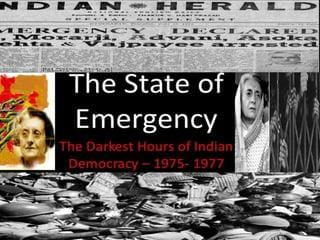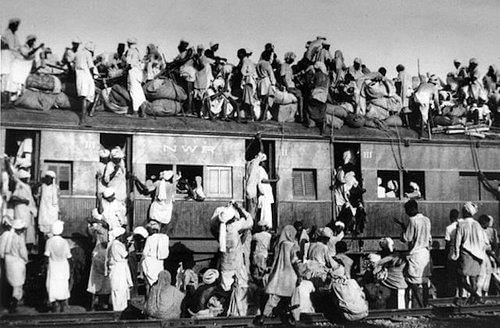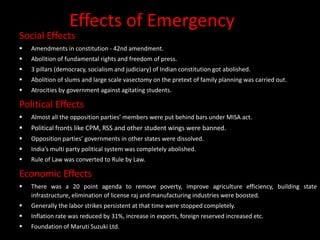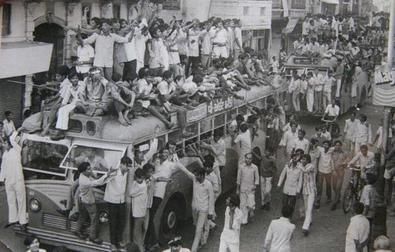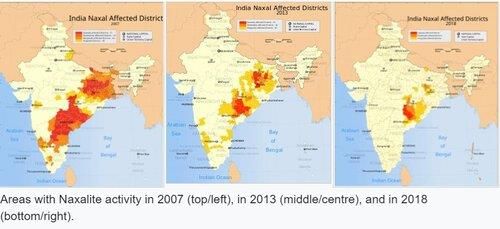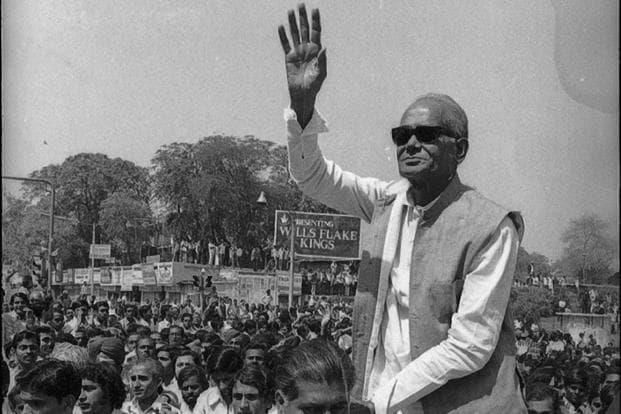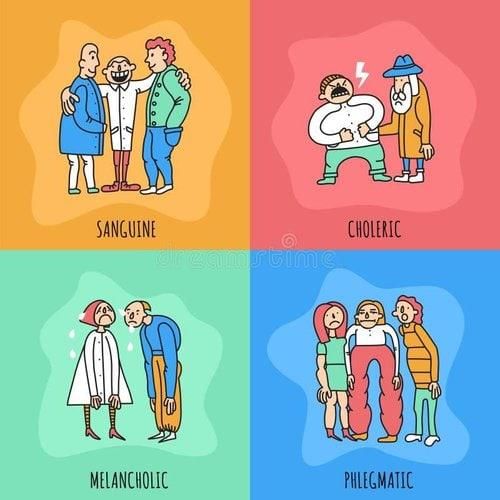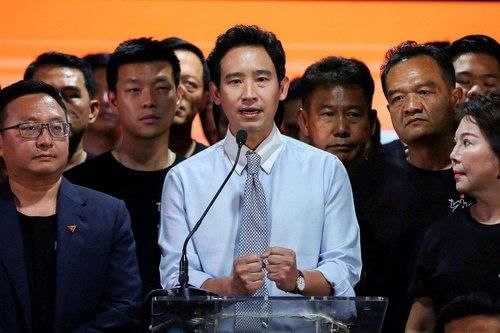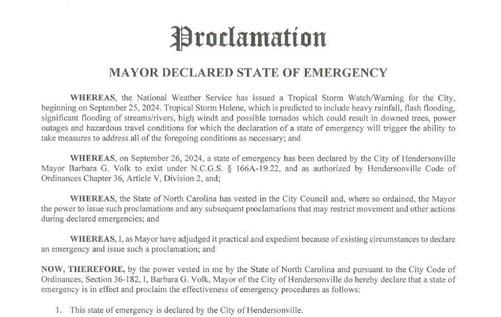|
What significant political event took place in India during the 1970s that challenged democratic institutions? |
Card: 3 / 50 |
|
True or False: The economic situation in India improved during the 1970s due to the support from America. |
Card: 5 / 50 |
|
False. The economic situation worsened as America completely stopped helping India. 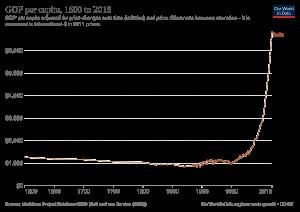 |
Card: 6 / 50 |
|
Fill in the blank: The economic pressure in India during the 1970s was exacerbated by the influx of ___ million refugees from ___ after the war. |
Card: 7 / 50 |
|
A call for total revolution was initiated by Jai Prakash Narayan to address social, economic, and political issues. |
Card: 10 / 50 |
|
Riddle: I am a time of turmoil that led to a significant shift in Indian governance, marked by a leader's declaration. What am I? |
Card: 11 / 50 |
|
In which states did students lead agitations against rising prices and corruption despite being ruled by the Congress party? |
Card: 13 / 50 |
|
What external factor contributed to rising inflation in India during the 1970s? |
Card: 15 / 50 |
|
Fill in the blank: The political turmoil in the 1970s sharpened divisions between Indira Gandhi and her ___ within the Congress party. |
Card: 17 / 50 |
|
Short answer: How did the government respond to the economic challenges faced during the 1970s? |
Card: 19 / 50 |
|
The government stopped the salaries of government employees to reduce expenditure. |
Card: 20 / 50 |
|
The primary aim of the Naxalite Movement was to end the political and capitalist system through violent means and guerrilla warfare, redistributing land from wealthy landlords to poor farmers. 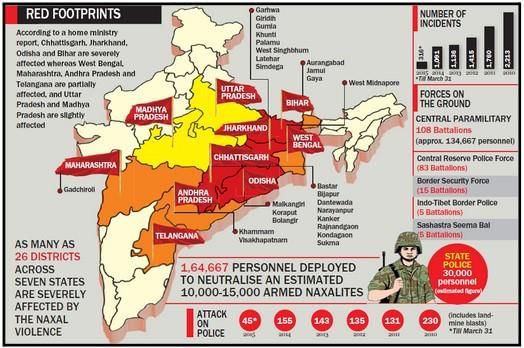 |
Card: 22 / 50 |
|
Fill in the blank: The Railway Strike of 1974 was led by ___ and focused on issues related to ___ and ___. |
Card: 23 / 50 |
|
True or False: The government accepted all the demands made during the Railway Strike of 1974. |
Card: 25 / 50 |
 Unlock all Flashcards with EduRev Infinity Plan Starting from @ ₹99 only
|
|
False. The government rejected the demands, which increased discontent in the country. |
Card: 26 / 50 |
|
What constitutional changes did the government attempt that led to conflicts with the judiciary? |
Card: 27 / 50 |
|
The government attempted to curtail fundamental rights, modify property rights, and increase the power of directive principles over fundamental rights, which were rejected by the court.  |
Card: 28 / 50 |
|
Riddle: I am a movement that sought to redistribute land to the poor and believed in guerrilla tactics. What am I? |
Card: 29 / 50 |
|
Fill in the blank: The chief justice of the supreme court was traditionally the ___ judge, but during this period, the government appointed ___ instead. |
Card: 31 / 50 |
|
Short Answer: What two main issues arose from the government's attempt to change fundamental rights? |
Card: 33 / 50 |
|
The two main issues were whether the government could curtail fundamental rights and whether it could change the right to property. 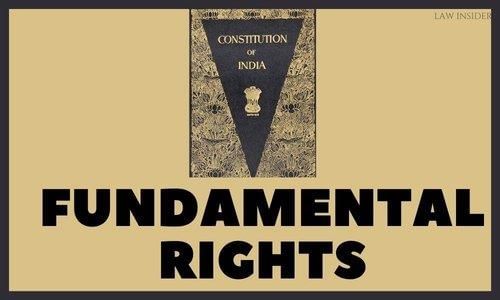 |
Card: 34 / 50 |
|
What event prompted the Government of India to declare a state of emergency on June 25, 1975? |
Card: 35 / 50 |
|
The emergency declared in 1975 was proclaimed under which Article of the Indian Constitution? |
Card: 37 / 50 |
|
Fill in the blanks: During the emergency, the freedom of press and some of the fundamental rights of citizens were ___ and ___ . |
Card: 39 / 50 |
|
True or False: Opposition leaders were allowed to participate in protests during the emergency. |
Card: 41 / 50 |
|
What significant change regarding the press was implemented during the emergency period? |
Card: 43 / 50 |
|
Prior approval of the government was needed to publish any article or matter, leading to press censorship. 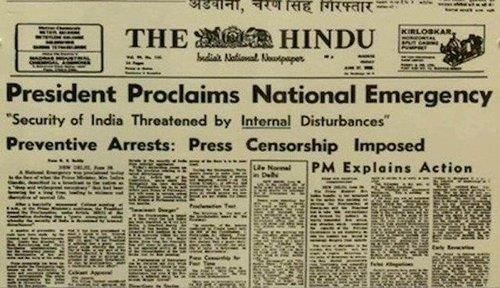 |
Card: 44 / 50 |
|
Riddle: I can be declared when there’s external threat or internal disturbance. What am I? |
Card: 45 / 50 |
|
What was the purpose of the special meeting held by the cabinet on June 26, 1975? |
Card: 47 / 50 |
|
To inform the cabinet about the proclamation of emergency that had taken place. 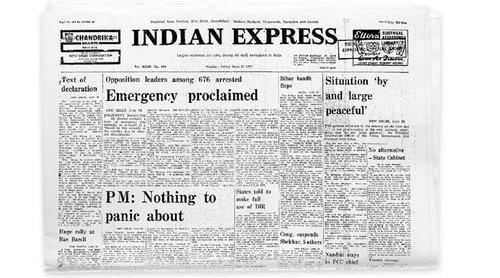 |
Card: 48 / 50 |
|
Fill in the blank: The Parliament brought in many new changes to the ___ during the emergency. |
Card: 49 / 50 |





